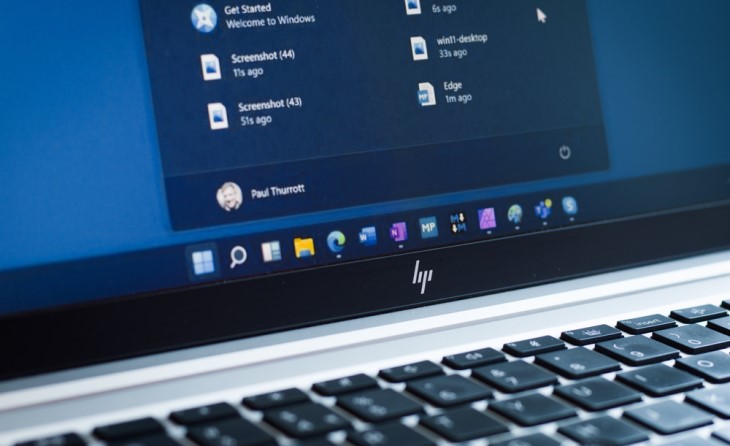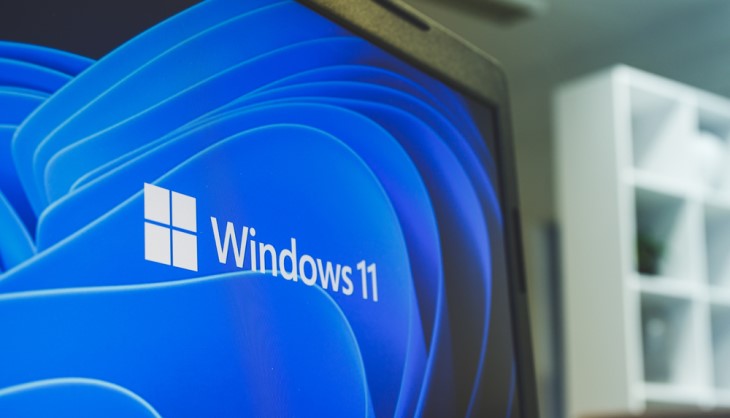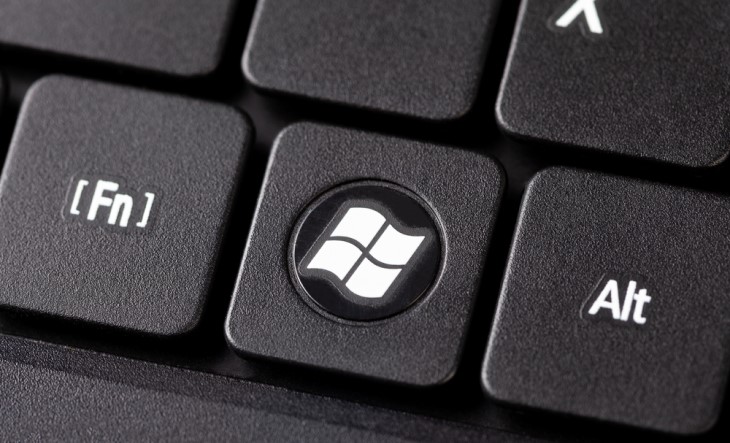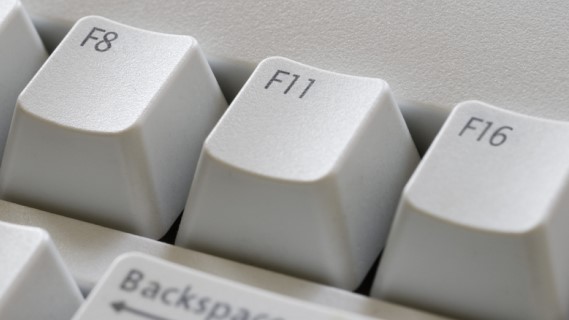
Windows 11 is now the most common Windows version out there on PCs, and we'd like to make sure you've got the latest Windows keys list for those who like to become quicker uses of Windows' many options and shortcuts. Below you'll find the best key combinations for using your taskbar, desktop, taking screenshots and using the Windows key and F keys. These will save you a lot of time as well as deepen your understanding of what your PC can do!

Windows key or Ctrl + Esc: Open Start menu.
Windows key + X: Open the secret Start menu.
Windows key + T: Cycle through the apps (including pinned apps) on the taskbar.
Windows key + [Number]: Open the app pinned in the [number] position on the taskbar. For example, if you have Edge pinned in the first position on the taskbar, and you click Windows key + 1, Edge will open. If the app is already open, a new instance or window will open.
Windows key + Alt + [Number]: Open the right-click menu for the app pinned in the [number] position on the taskbar.
Windows key + D: Show or hide desktop (Windows key +, will display the desktop briefly).
PrtScn: Take a screenshot of your entire screen and save it to your clipboard. You can now open this image in most image editors (like Paint) and simply click on "Paste" or use the keyboard combination Ctrl + V to paste.
Windows key + PrtScn: Take a screenshot of your entire desktop and save it to a folder on your computer.
Windows key + Shift + S: Open Snipping Tool menu to take a screenshot of only a section of your screen.

Windows key + M: Minimize all open windows.
Windows key + Shift + M: Restore minimized windows.
Windows key + Home: Minimize all windows except the selected or currently active window.
Windows key + Up arrow: Maximize selected window.
Windows key + Shift + Up arrow: Maximizes the active window vertically while maintaining its width.
Windows key + Down arrow: Minimize selected window.
Windows key + Left arrow: Snap selected window to the left half of the screen.
Windows key + Right arrow: Snap selected window to the right half of the screen.
Windows key + Alt + Up: Snap selected window to top half of the screen.
Windows key + Alt + Down: Snap selected window to bottom half of the screen.
Windows key + Shift + Left arrow or Right arrow: Move selected window to the left or right monitor.

Windows key + A: Open the Action Center.
Windows key + S: Open Cortana in text mode, so you can type in the search bar. (Windows key + Q does the same thing.)
Windows key + C: Open Cortana in listening mode (similar to saying "Hey, Cortana").
Windows key + E: Open File Explorer.
Windows key + F: Open the Windows 10 Feedback Hub.
Windows key + Ctrl + F: Search for PCs on a network.
Windows key + G: Open the Game bar.
Windows key + H: Open the Share sidebar.
Windows key + I: Open the Settings menu.
Windows key + K: Open the Connect sidebar (for connecting to new Bluetooth devices or Miracast).
Windows key + L: Lock your computer.
Windows key + O: Lock screen orientation.
Windows key + P: Open presentation or projection sidebar.
Windows key + R: Open the Run window.
Windows key + U: Open Ease of Access center.
Windows key + W: Open the Windows Ink Workspace for scribbling on tablets or touchscreen laptops.
Windows key + (+) or (-): Zoom in and out with magnifier.
Windows key + Esc: Exit magnifier.
The F keys at the top of your keyboard can be used by themselves for useful purposes on Windows 11 as well as used with other keys together:

Use F2 to Rename a selected item.
Use F3 to Quickly search for files in File Explorer.
Use F4 to Highlight the address bar in File Explorer.
Use F5 to Refresh your active window.
Use F6 to Cycle through elements (tab, buttons, search bar, etc.) in a window or your desktop.
Use Alt + F8 to Show login password on the start screen.
Use F10 to Activate the menu bar in the active window.
For those of you familiar with the old MS-DOS operating system, this can still be accessed through Windows 11. First, click on the Windows Key, then write command prompt and click the Enter key.
Ctrl + C or Ctrl + Insert: Copy selected text to the clipboard.
Ctrl + V or Shift + Insert: Paste copied text inside the Command Prompt.
Ctrl + A: Select all text on current line. (If the current line has no text, all text inside the Command Prompt will be selected.)
Ctrl + Up or Down: Move screen one line up or down.
Ctrl + F: Search Command Prompt via Find window.
Ctrl + M: Enter Mark mode (allows you to select text with mouse). Once Mark mode is enabled, you can use the arrow keys to move the cursor around.
Shift + Up or Down: Move cursor up or down one line and select text.
Shift + Left or Right: Move cursor left or right one character and select text.
Ctrl + Shift + Left or Right: Move cursor left or right one word and select text.
Shift + Page Up or Page Down: Move cursor up or down one screen and select text.
Shift + Home or End: Move cursor to beginning or end of current line and select text.
Ctrl + Shift + Home/End: Move cursor to beginning or end of screen buffer and select text and beginning or end of Command Prompt's output.
H/T: CNET